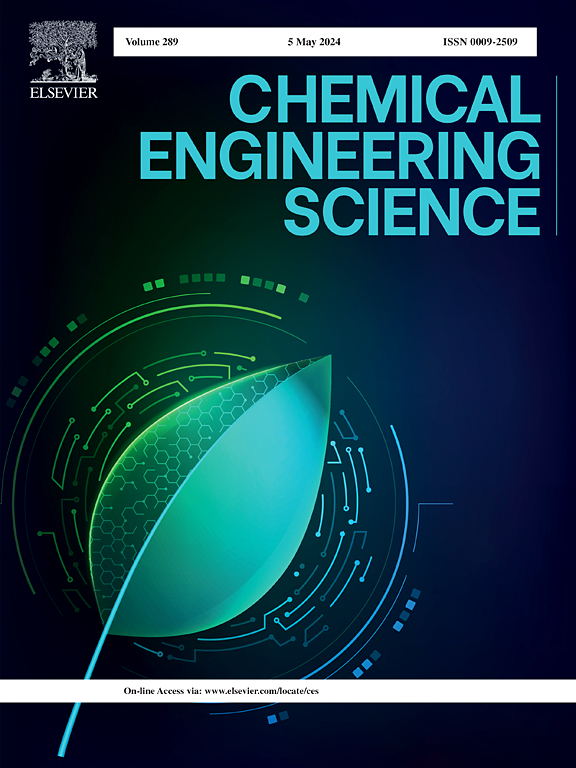Fluid dynamic characterization of binary droplet collisions via the pseudopotential lattice-Boltzmann method
IF 4.1
2区 工程技术
Q2 ENGINEERING, CHEMICAL
引用次数: 0
Abstract
A thermodynamically consistent modified pseudopotential lattice Boltzmann (LB) model was implemented to investigate the hydrodynamic behavior of picoliter droplets undergoing binary collisions for a wide range of realistic conditions and at large liquid-gas density ratios. The model was thoroughly validated for two benchmark cases, namely a stationary droplet for thermodynamic consistency assessment (equilibrium density and surface tension evaluation), and an ellipsoidal oscillating droplet for fidelity of capturing the transient behavior. For the latter, the deviations of the predicted oscillation period with respect to the analytical solution were below 1 %. Regarding the binary collisions of equal-size picoliter droplets at different impact velocities and collision angles, the predicted hydrodynamic behavior was compared with the recent experimental results (McCarthy et al., 2022), showing good agreement. The detailed simulation results were further analyzed to provide insights into the distinct physical characteristics in binary droplet collisions by examining the transient evolution of local momentum and energy budget in terms of kinetic energy, surface tension energy, and viscous dissipation, while also identifying the collision sub-regimes associated with each primary collision case. In the coalescence regime, a single main peak in the momentum profile, corresponding to droplet impact, is followed by a decaying oscillation pattern. The reflexive separation regime exhibits three distinct momentum peaks, associated with droplet impact, liquid head recombination, and stretching separation. In contrast, the stretching separation regime lacks the liquid head recombination phase, resulting in only two momentum peaks. Overall, reflexive separation involves seven sub-regimes: free droplet movement, droplet impact, initial elongation, liquid filament retraction, liquid head recombination, secondary stretching, and liquid filament breakup. However, in the stretching separation regime, both liquid head recombination and secondary stretching are absent. The present LB model faithfully captured the detailed physical characteristics for a wide range of parametric conditions. Lastly, extensive parametric simulations were undertaken to reproduce the Weber number-impact factor collision regime map and predict satellite droplet formation, showing good agreement with previous studies, further demonstrating the fidelity and robustness of the LB model for real droplet collision problems.
求助全文
约1分钟内获得全文
求助全文
来源期刊

Chemical Engineering Science
工程技术-工程:化工
CiteScore
7.50
自引率
8.50%
发文量
1025
审稿时长
50 days
期刊介绍:
Chemical engineering enables the transformation of natural resources and energy into useful products for society. It draws on and applies natural sciences, mathematics and economics, and has developed fundamental engineering science that underpins the discipline.
Chemical Engineering Science (CES) has been publishing papers on the fundamentals of chemical engineering since 1951. CES is the platform where the most significant advances in the discipline have ever since been published. Chemical Engineering Science has accompanied and sustained chemical engineering through its development into the vibrant and broad scientific discipline it is today.
 求助内容:
求助内容: 应助结果提醒方式:
应助结果提醒方式:


